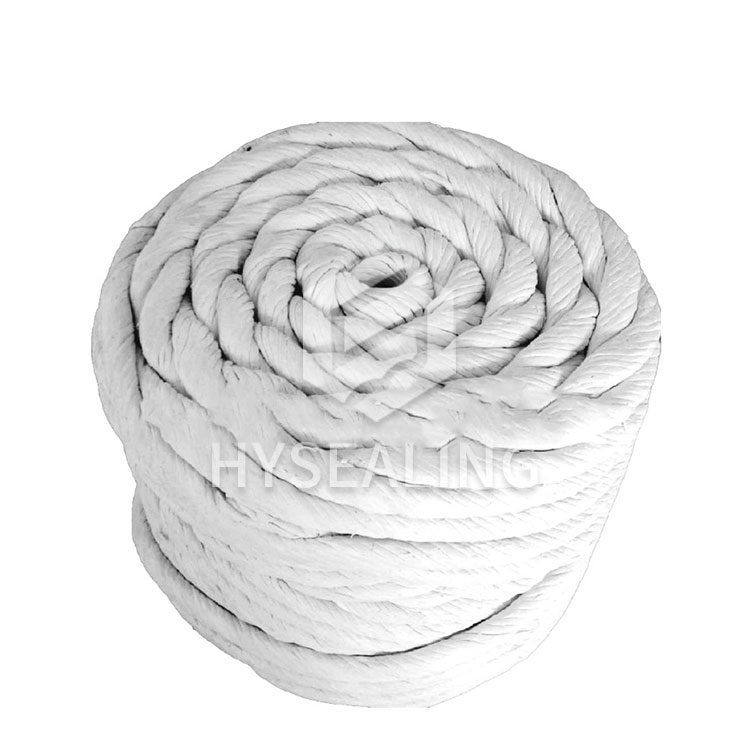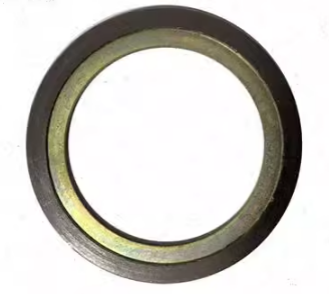The inner ring is generally made of the same material as the wound steel belt, which meets the corrosion resistance requirements of the pipeline medium and is usually better than the material of the pipeline or flange. According to the standard requirements, the metal winding belt is first fixed on the inner ring, and then the metal winding belt and non-metallic winding belts such as graphite, asbestos, PTFE, and non-asbestos are continuously alternately overlapped and spirally wound, and the metal belt is fixed at the end by spot welding. The inner ring is also called a reinforcement ring to avoid the loosening of the wound gasket.
The metal wound gasket with an inner ring uses the control of the inner ring to maximize the compression of the gasket, and the surface accuracy of the flange sealing surface contacted by the wound gasket is not high. Metal wound gaskets are particularly suitable for occasions with uneven loads, easy relaxation of the joint force, periodic changes in temperature and pressure, and shock or vibration. It is generally used in flanges with medium and low pressure tongue and groove surfaces and flat or concave and convex surfaces
Seal flange connections such as pipelines, valves, pressure vessels, condensers, heat exchangers, towers, manholes, hand holes, etc. in the petroleum, chemical, metallurgy, electric power, shipbuilding, machinery and other industries.







